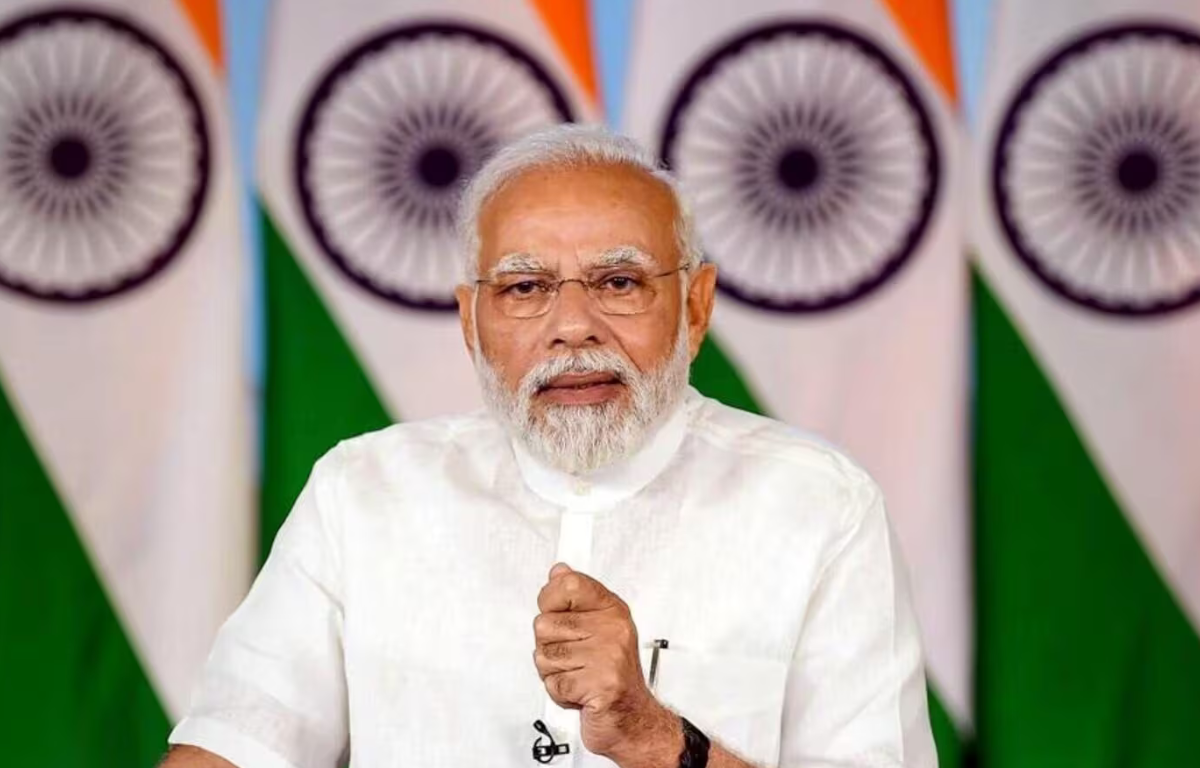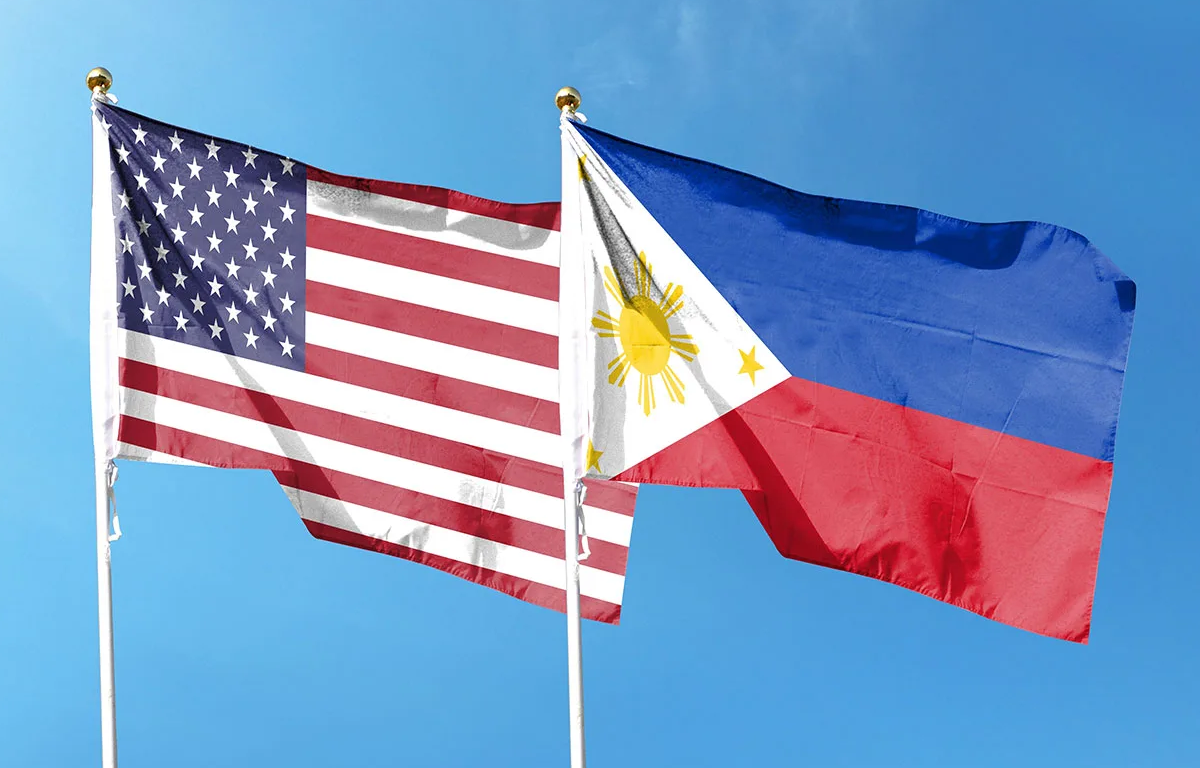
India has been investing substantially in its naval capabilities, deploying advanced warships, submarines, and maritime patrol aircraft. This modernization drive is aimed at enhancing India’s maritime security, strengthening its presence in key sea lanes, and projecting power in the Indo-Pacific. In contrast, while China possesses a larger naval fleet, India’s focus on quality and technological sophistication gives it a competitive edge in the region.
India has strategically forged partnerships with like-minded nations to counterbalance China’s assertiveness. The Quadrilateral Security Dialogue, or Quad, comprising India, the United States, Japan, and Australia, aims to promote a free and open Indo-Pacific. This coalition not only bolsters India’s security but also amplifies its diplomatic influence in the region.
India’s development of the Chabahar Port in Iran is a significant strategic move. This port not only provides India with a direct trade route to Afghanistan and Central Asia, reducing dependency on Pakistan-controlled routes, but it also has implications for maritime security in the Indo-Pacific. Chabahar further enables India to strengthen its ties with Iran, a pivotal player in the region, while countering China’s maritime ambitions under its Belt and Road Initiative.
India is investing in advanced maritime surveillance technologies, including satellite systems and unmanned aerial vehicles, to monitor its vast maritime territory. This proactive approach enhances India’s maritime domain awareness, enabling quicker response to potential threats and incidents. China’s expansive maritime claims in the South China Sea have led to heightened tensions in the region, offering India an opportunity to align with other nations sharing concerns about freedom of navigation and international law.
India’s centuries-old maritime heritage, combined with its diplomatic finesse, gives it an edge in leveraging soft power. Engaging with nations in the Indian Ocean Region through trade, cultural exchanges, and capacity-building initiatives, India is fostering goodwill and trust. This approach contrasts with China’s more transactional diplomacy, potentially earning India more sustainable influence in the long run.
India is tapping into the vast potential of the blue economy by harnessing marine resources sustainably. Its initiatives in renewable energy, marine research, and marine conservation not only boost economic growth but also underline India’s commitment to responsible maritime stewardship. This focus aligns with international expectations and enhances India’s reputation as a responsible maritime player.
As the Indo-Pacific maritime contest between India and China continues to evolve, India’s strategic initiatives, technological advancements, and diplomatic prowess are positioning it as a formidable contender. By actively engaging with regional and global partners, modernizing its naval capabilities, and championing maritime security, India is making remarkable progress in securing its interests and challenging China’s hegemonic aspirations. As the global spotlight remains on this dynamic rivalry, the strategic choices and actions of these two Asian giants will undoubtedly shape the future of the Indo-Pacific region.










Share this: